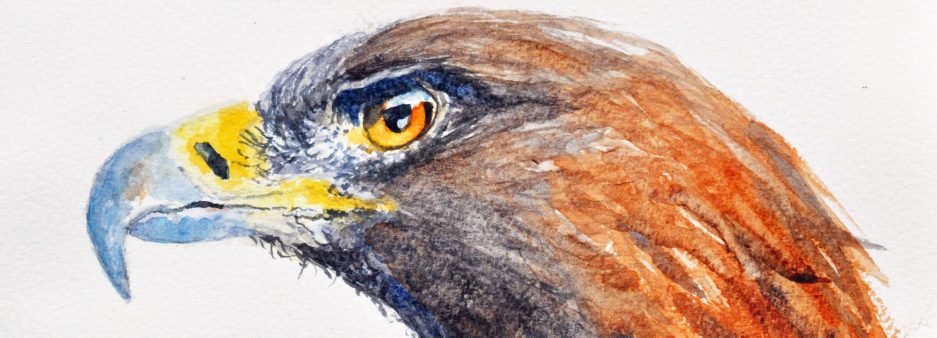 Today I visited St Peter’s, the largest basilica in the world and the central church of the Roman Catholic Church. I wasn’t sure what to expect. Giant architecture and plenty of Baroque art, for sure, but would it feel like a church or a museum, a place of faith or a centre of tourism.
Today I visited St Peter’s, the largest basilica in the world and the central church of the Roman Catholic Church. I wasn’t sure what to expect. Giant architecture and plenty of Baroque art, for sure, but would it feel like a church or a museum, a place of faith or a centre of tourism.
Well, faith was certainly in evidence. I didn’t connect with all the massive sculptures, of saints and cherubs, although downloading a podcast guide by Sister Wendy Becket helped. But I did connect with the faith of the people who came, tourists and pilgrims, pray-ers and photographers, bustling to yet another wonder one minute and standing reflectively the next. I wasn’t overwhelmed but neither was I repelled as I have been in some other churches in other places. Kneeling in the Chapel of the Blessed Sacrament, I meditated on the earthiness of the incarnation – God with us in bread, in a meal amongst friends, in the tangible focus of a shrine.
But there was to be much more – for I had booked ahead for a tour of the necropo lis that had been excavated in recent years beneath the church. A pagan burial ground beneath the foundations of Constantine’s basilica which he built in 330 CE on what was believed to be St Peter’s burial place. (The present church was built in the sixteenth and seventeenth centuries, with contributions from Michelangelo, Bramante, Bernini and others.) Nine metres down we explored a street in the city of the dead – from Egyptian mausoleum , through pagan cemetery to Christian graves from the middle of the second century until Constantine filled it all in and built a church on top.
lis that had been excavated in recent years beneath the church. A pagan burial ground beneath the foundations of Constantine’s basilica which he built in 330 CE on what was believed to be St Peter’s burial place. (The present church was built in the sixteenth and seventeenth centuries, with contributions from Michelangelo, Bramante, Bernini and others.) Nine metres down we explored a street in the city of the dead – from Egyptian mausoleum , through pagan cemetery to Christian graves from the middle of the second century until Constantine filled it all in and built a church on top.
Mythological mosaics and Christian symbols stand side by side, sometimes interwoven, like the image of Christ represented as a sun god, buried for over sixteen hundred years. And then, towards the end of the tour, the account of the detective work that leads those involved to believe that St Peter’s remains have been unearthed and lie under the altar of St Peter’s church.
 Here’s the story. St Peter was martyred during the rule of Nero, between 54 and 68 CE. It is told that when he learned that he was to be crucified, he asked to be crucified upside down because he wasn’t worthy to share the same mode of death as his Lord whom he denied. When it was over, he was cut down peremptorily, his feet hacked off to save time. He was buried in a poor man’s grave in the not very pleasant Vatican area outside the city walls – near the place where a necropolis was soon to grow up. This was where Constantine built his church, placing the altar where the resting place of Peter was believed to be. Today Bellini’s great altar canopy stands above the same spot. During the excavations bones were found which fit the bill. Nothing is conclusive of course but archaeological evidence only ever corroborates, or disproves, rather than proves identity.
Here’s the story. St Peter was martyred during the rule of Nero, between 54 and 68 CE. It is told that when he learned that he was to be crucified, he asked to be crucified upside down because he wasn’t worthy to share the same mode of death as his Lord whom he denied. When it was over, he was cut down peremptorily, his feet hacked off to save time. He was buried in a poor man’s grave in the not very pleasant Vatican area outside the city walls – near the place where a necropolis was soon to grow up. This was where Constantine built his church, placing the altar where the resting place of Peter was believed to be. Today Bellini’s great altar canopy stands above the same spot. During the excavations bones were found which fit the bill. Nothing is conclusive of course but archaeological evidence only ever corroborates, or disproves, rather than proves identity.
At the end of the tour the guide read some words from the gospels and invited us to pray. The silence was rich and deep. I was strangely moved – for a Baptist – at a shrine – before some relics, however holy. What moved me was not so much the possibility of connection with Peter thorough the presence of bones, but the spirit of the place. Here, or near here, Peter had witnessed unto death, the sordid end of a big hearted disciple. Here he had been a rock and his death inspired those who followed. This was, this is, holy ground, for here a life was given up for love of his Lord. And in this love a church has been nourished and inspired. A had come as a tourist – but I left a pilgrim.





